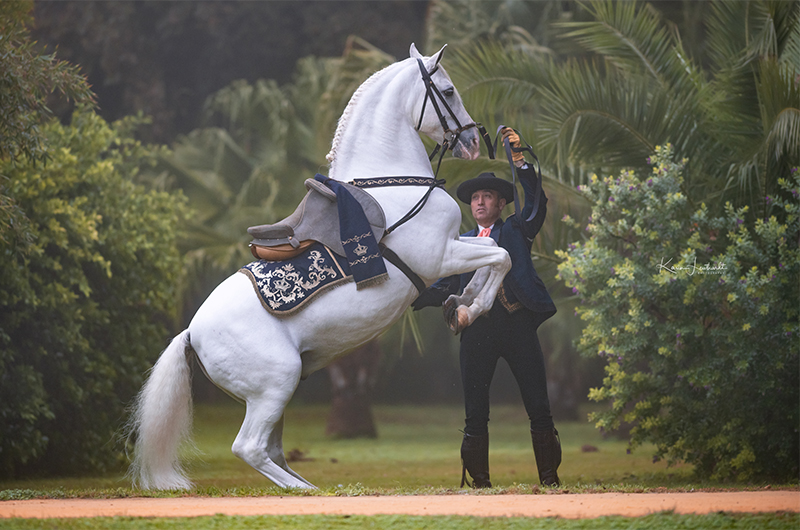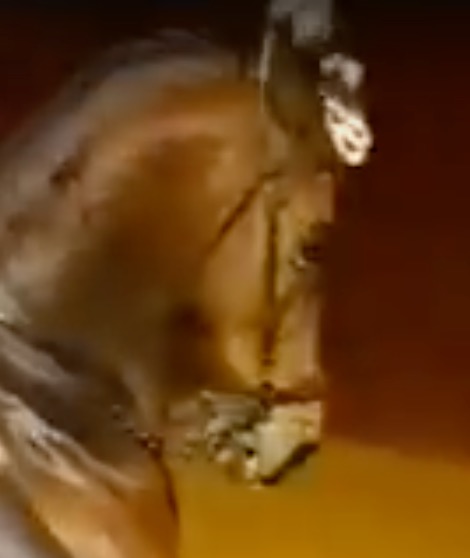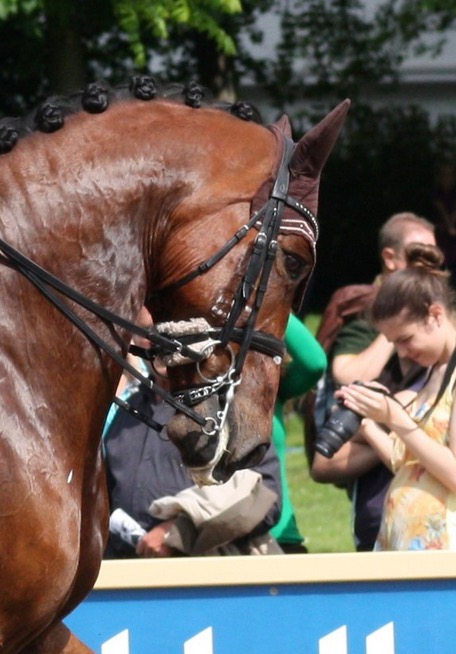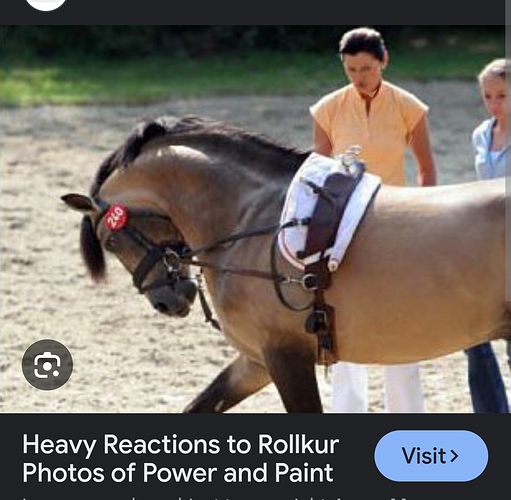Side reins is one more tool to help horses learn body awareness.
Standard side reins are not a sold restrictive band. They come in all kinds of give to them and by definition are made with some stretch to them.
People at times use solid materials like rope or reins themselves as side reins, but those are not side reins, they lack that important small give to them that works as a pre signal to the horse that a restriction is coming.
We were taught how to apply them properly, as a longing aid.
They can be said to be a bit like the tape so many olympians use themselves in specific parts of their bodies to control and/or support range of movement.
We use side reins some times, set very long, as in starting colts in a circle so they don’t drift with the outside shoulder as they tend to initially.
Horse has been previously taught about giving to restrictions and following without resistances when asked.
We do set the outside side rein one hole longer to help give a hint of the circle.
Longe whip after proper introduction becomes an extension of our arm.
Is used to talk with the horse, indicating thru it’s energy level how much of an effort at every gait, helping horse as it moves use their body more effectively so all parts work in unison and balanced in movement.
The side reins, once the horse educated further can be used in several ways, your imagination the limit.
They can also be misused as any other tool can, but misuse is in their improper use, not inherent to them.



 ).
).



